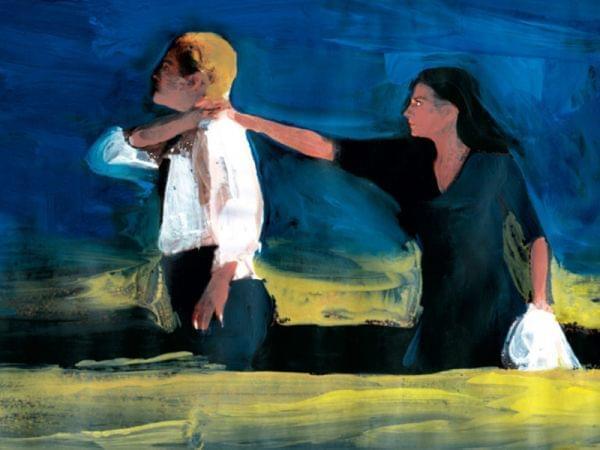Orfeo ed Euridice

operaroma.it
Performance by Rome Opera Ensemble:
Description from Rome Opera Tickets website:
A young man’s wretched cries over the death of his one true love echo as a funeral choir slowly belts out a mournful tune. Christoph Willibald Gluck grabs the audience’s attention from the very start of his monumental opera Orfeo ed Euridice and does not let go until the final chord rings out. The inventive and dramatically avantgarde work finds new life on the stage of Teatro Costanzi in Rome.
Gluck was a composer of notable dramatic flair and vivid imagination who always felt constrained by the rigid rules of the Italian opera seria of the 18th century. In his work on Orfeo ed Euridice, he longed to break away from the patterns that dominated the genre and snuffed out any attempt at innovation. Gluck imagined a more dynamic and fluid kind of musical drama that was allowed to flow at different paces and explore new ways of plot development and narrative technique.
In his search for operatic reinvention, Gluck found his creative soulmate in librettist Ranieri de’ Calzabigi, a supremely talented poet and a fellow fighter for artistic reformation. The two men set their sights on the mythological tale of the fantastic singer Orpheus who goes down to hell in order to get back Eurydice, the love of his life who was taken away from him too soon.
Thus, Orfeo ed Euridice is Gluck’s first and most profound attempt at operatic reform. With de’ Calzabigi’s inspired and expressive verse and supercharged libretto set to a similarly evocative and powerful score, this opera is both a work of art and the mission statement of an innovator, an inventor working in a genre all his own. Even two and a half centuries later, the musical drama retains its freshness and charm, as guests of the Rome Opera House will have the pleasure of experiencing.
Gluck’s main goal in his operatic reform was to strip away the artificial complexity and filler content and make both the libretto and the music serve the drama and plot development. Orfeo ed Euridice is a prime example of that approach: larger-than-life choruses quickly alternate with Orfeo’s poignant arias and recitatives, and the orchestration helps move the action forward with carefully crafted passages and a variety of instrumental solos.
Orfeo ed Euridice premiered on 5 October 1762 at Vienna’s Burgtheater and quickly took Europe by storm. It enjoys revivals to this day.

